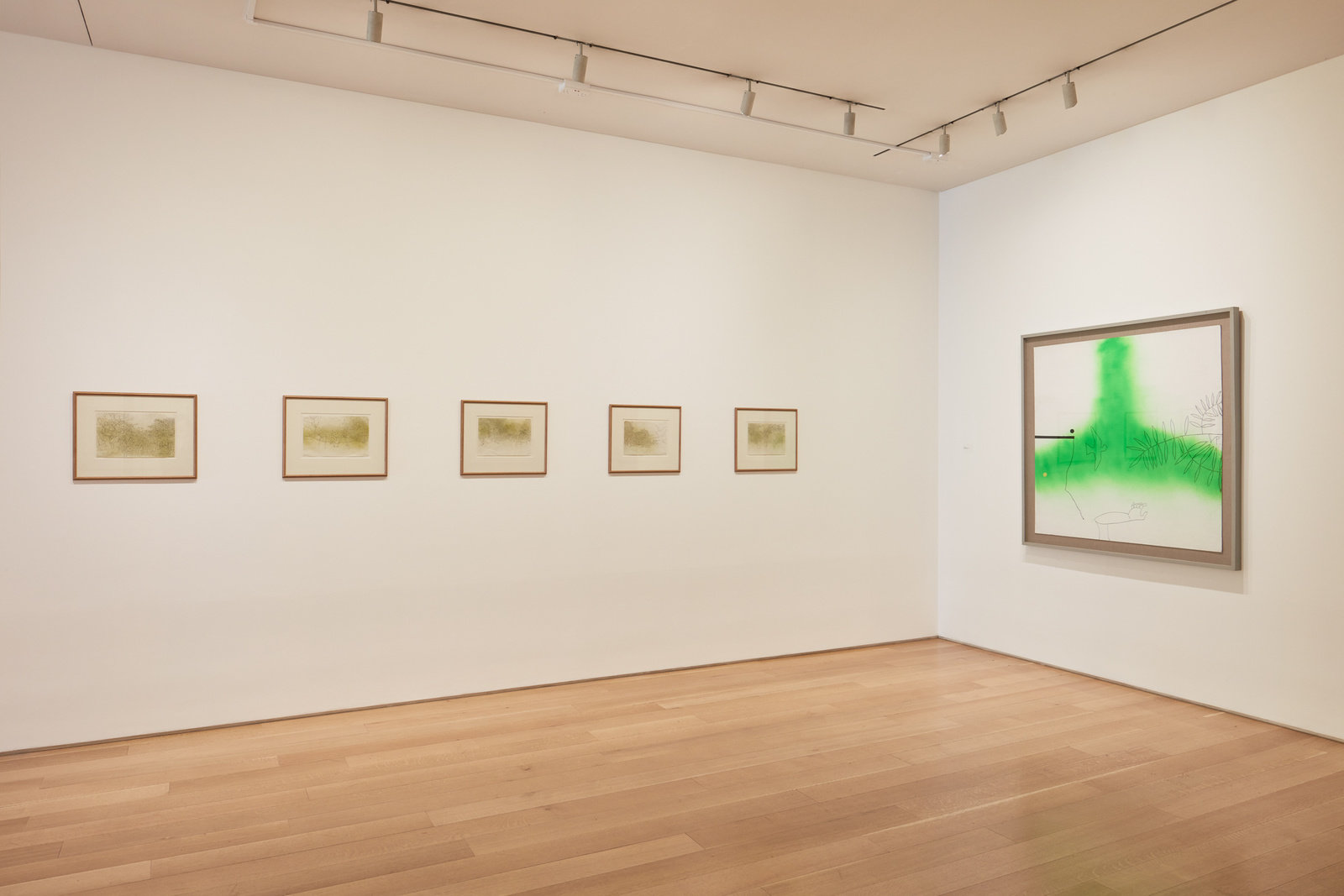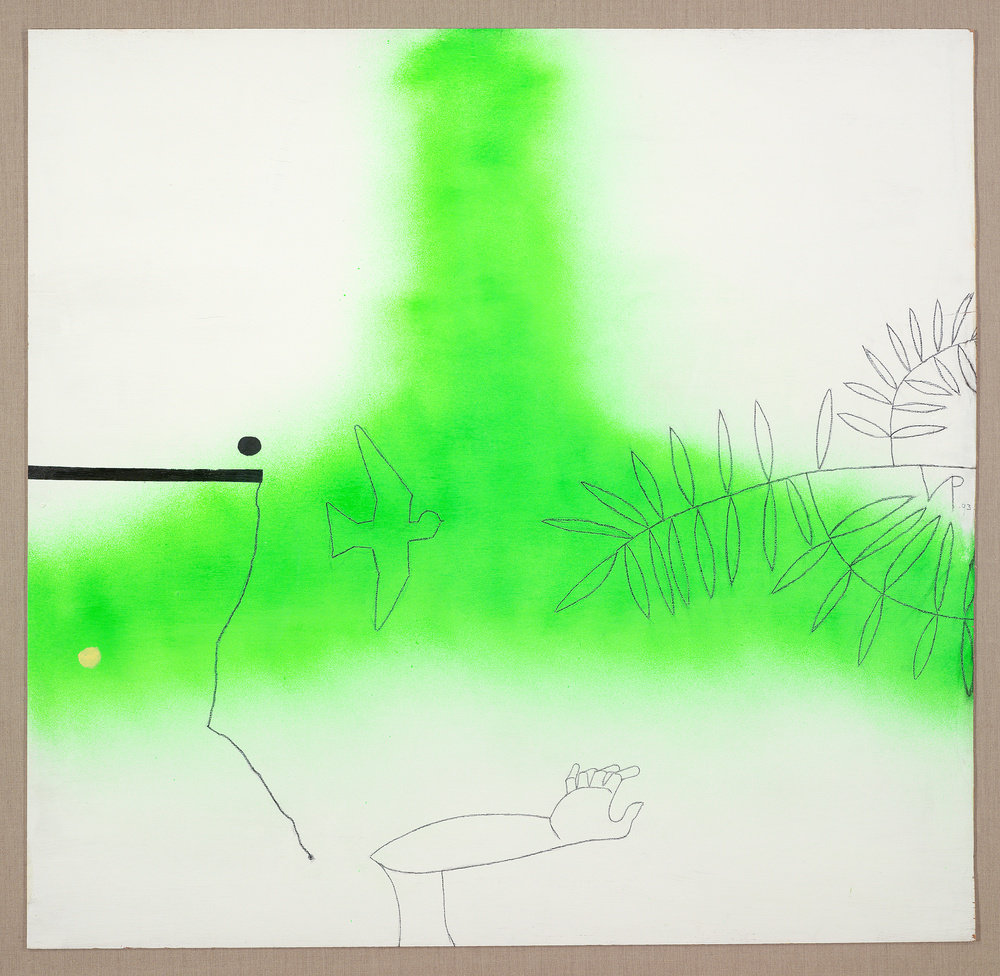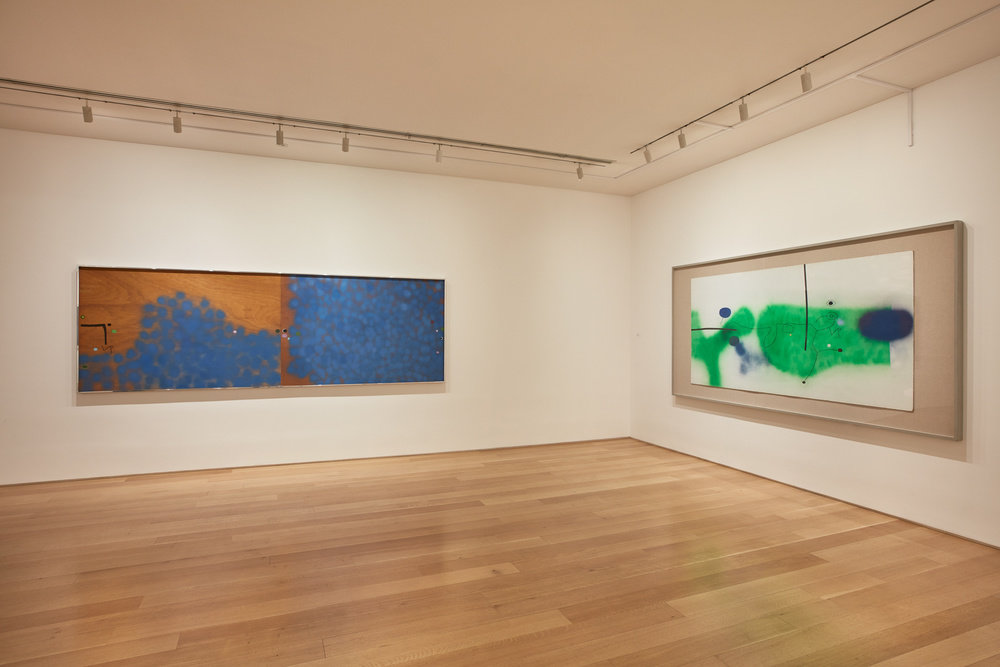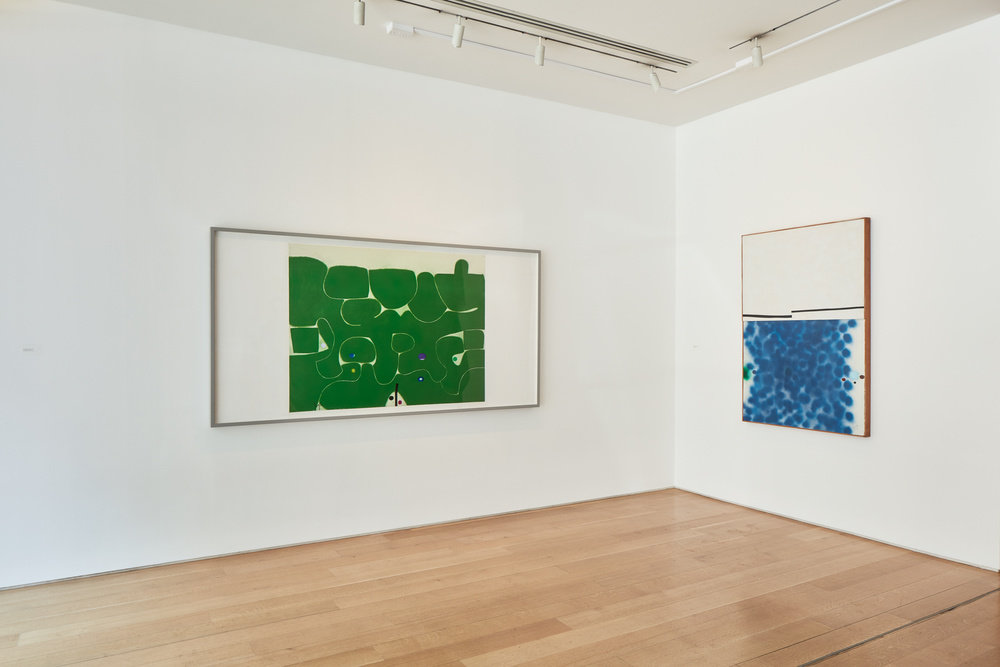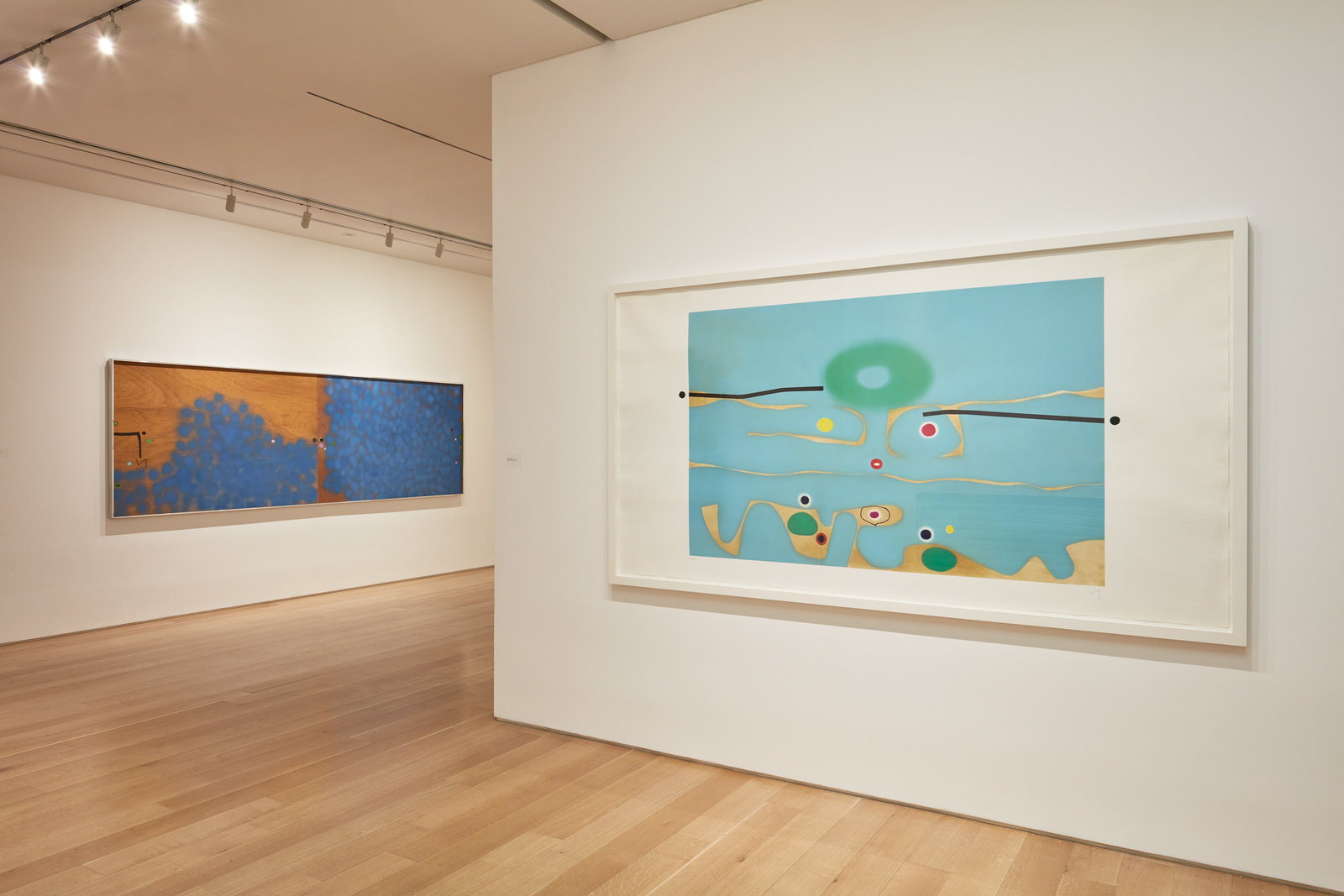Marlborough is pleased to present an exhibition of works by renowned British artist Victor Pasmore (1908-1998), made between the 1970s and the 1990s. The exhibition follows on from an exploration of the artist’s earlier works at Djanogly Gallery, Nottingham and Pallant House Gallery, Chichester, 2016-17.
This major exhibition is the first time his works have been on display in London, and at Marlborough Fine Art, since 2008, and traces his development toward lyrical abstract compositions in the later stage of his career. Regarded as one Britain’s most celebrated artists, Pasmore achieved acclaim as both a figurative and abstract painter, and is most well-known for pioneering the development of abstract art in Britain in the 1940s.
After experimenting with abstract painting in the early 1930s, Pasmore reverted to a style which evoked a Cézannesque form of realism in portraits and landscapes, for which he was highly regarded. In a move met with criticism, and a shock to many of his contemporaries, Pasmore abandoned visual representation by the late 1940s and began creating abstract linear forms and collage, soon developing into relief constructions during the 1950s.
Following his first retrospective at the Arts Council Gallery in Cambridge in 1955, Pasmore represented Britain at the Venice Biennale in 1960 by which time he was painting organic abstract forms opposed to the constructivist works. In 1964, Pasmore explained to art critic Charles Spencer, ‘I now realise that I am a painter, and quite content to paint’. His previous constructivist works, consisting of wood, plastic and aluminium, softened into painterly, natural forms and curves with a vibrant colour palette.
This bold change in direction can perhaps be accredited to Pasmore’s permanent relocation to Malta in 1966, with a number of his later works depicting vast planes of colour with very little form, reminiscent of the Mediterranean landscape. Despite this stark change in both Pasmore’s artistic style and surroundings, he stated, ‘One is subconsciously affected by one’s environment, but I haven’t tried consciously in any way to represent the light of the Mediterranean’.
Works completed in the later stages of Pasmore’s career show a new and unexpected style of intense, vibrant colours and free-flowing form conveyed through new techniques such as sponge and spray painting.
The exhibition conveys Pasmore’s appetite for new ideas and inspiration, which is prevalent throughout the many strands of his varied career. The works on display demonstrate the peak in Pasmore’s abstract practice and his unique place in 20th century British art.
The exhibition is accompanied by a fully illustrated catalogue with a text written by art historian Frances Spalding.
Born in 1908 in Surrey, Pasmore was educated at Harrow School where his interest in painting began. From 1927, he studied under A.S. Hartrick at the Central School of Arts and Crafts, during which time he discovered the revolutionary School of Paris. In 1933, he was elected as a member of the London Artists’ Association headed by Roger Fry and Duncan Grant. Pasmore, William Coldstream and Claude Rogers formed an independent private art school, The Euston Road School, in 1937. In 1954 he was appointed Consulting Director of Urban Design for the South West Area, Peterlee New Town in Country Durham.
Pasmore held positions as Director of Painting at Camberwell School of Art and Head of the Department of Painting at King’s College Durham University, as well as lecturing at Harvard University. He was awarded Honorary degrees from the Royal College of Art and the University of Warwick and was presented with a C.B.E in 1959. He became a Trustee of the Tate Gallery in 1963-4 and was elected a Royal Academician in 1983. Pasmore’s work can be found in major museums and public collections worldwide including: Tate Britain (UK), Royal Academy of Arts (UK), Museum of Modern Art (USA), The British Council (UK) and Yale Center for British Art (USA) amongst others.
Works
